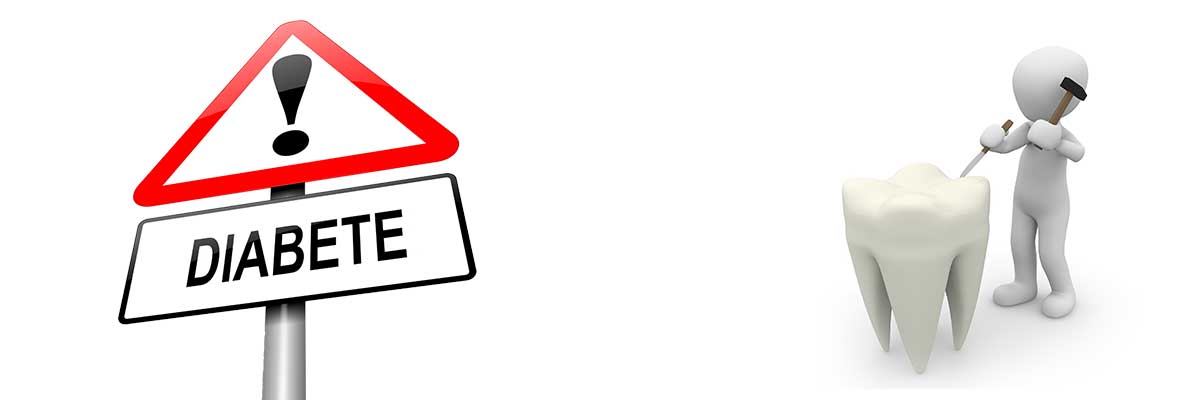This article has a purely informative role. It aims to inform people about the risk and to list the most frequent diseases. The diseases mentioned above are by no means a generality and are a summary of various medical articles. The symptoms listed should not be a source of remote diagnosis and in no way replace a visit to your doctor or dentist
Diabetes (type 1, type 2, gestational, type MODY etc.) is a chronic disease which cannot be cured, growing in industrialized countries and which is characterized by chronic hyperglycemia (due to lack of / decrease in insulin) Hyperglycemia is harmful to the body and can lead to complications that can affect all organs (kidneys, heart, eye, diabetic foot, nerves, and teeth) Can be controlled with diet strict diet, regular physical activity combined with daily medication. Blood sugar and glycated hemoglobin (HbA1) control should also be carried out.
The need for rigorous oral hygiene is even more important in people with diabetes, who are more at risk of developing periodontal disease. As said before, the healthy tooth is retained in the bone by periodontal tissue. bacteria, from food, saliva accumulate there, causing the formation of dental plaque and which, without treatment, continues with the disintegration of the neighboring bone and the loosening of the neighboring teeth. Why diabetics are more affected by infections?
- They make more dental plaques
- Hyperglycemia changes oral flora, collagen tissue, soft tissue vascularization
Prevent periodontitis in people with diabetes
- Diabetes control
- Rigorous oral hygiene
- Primary prevention dental care (caries, tartar, etc.) and secondary prevention (management periodontal pockets if they have not reached stage 5).
How to recognize the symptoms?
- Loose teeth
- Bleeding gums when chewing or brushing teeth
Treating periodontitis in people with diabetes
- By periodontal treatment when it has not reached stage 5
- By extracting teeth and fitting a removable prosthesis
- By extracting the affected teeth and placing a bridge if there are enough healthy teeth left to serve as an abutment
- By placing BAX basal implants on which bacteria cannot settle.

